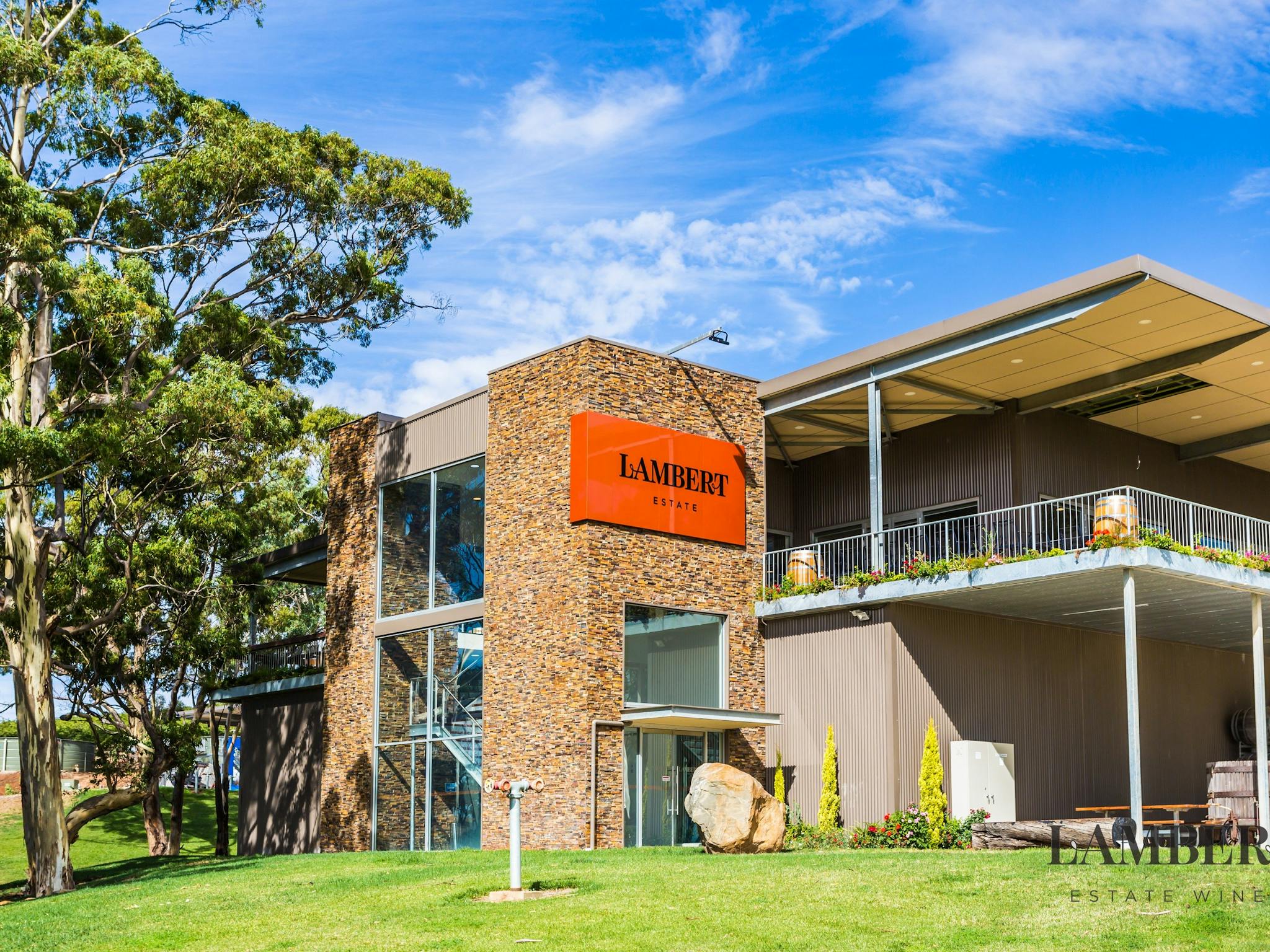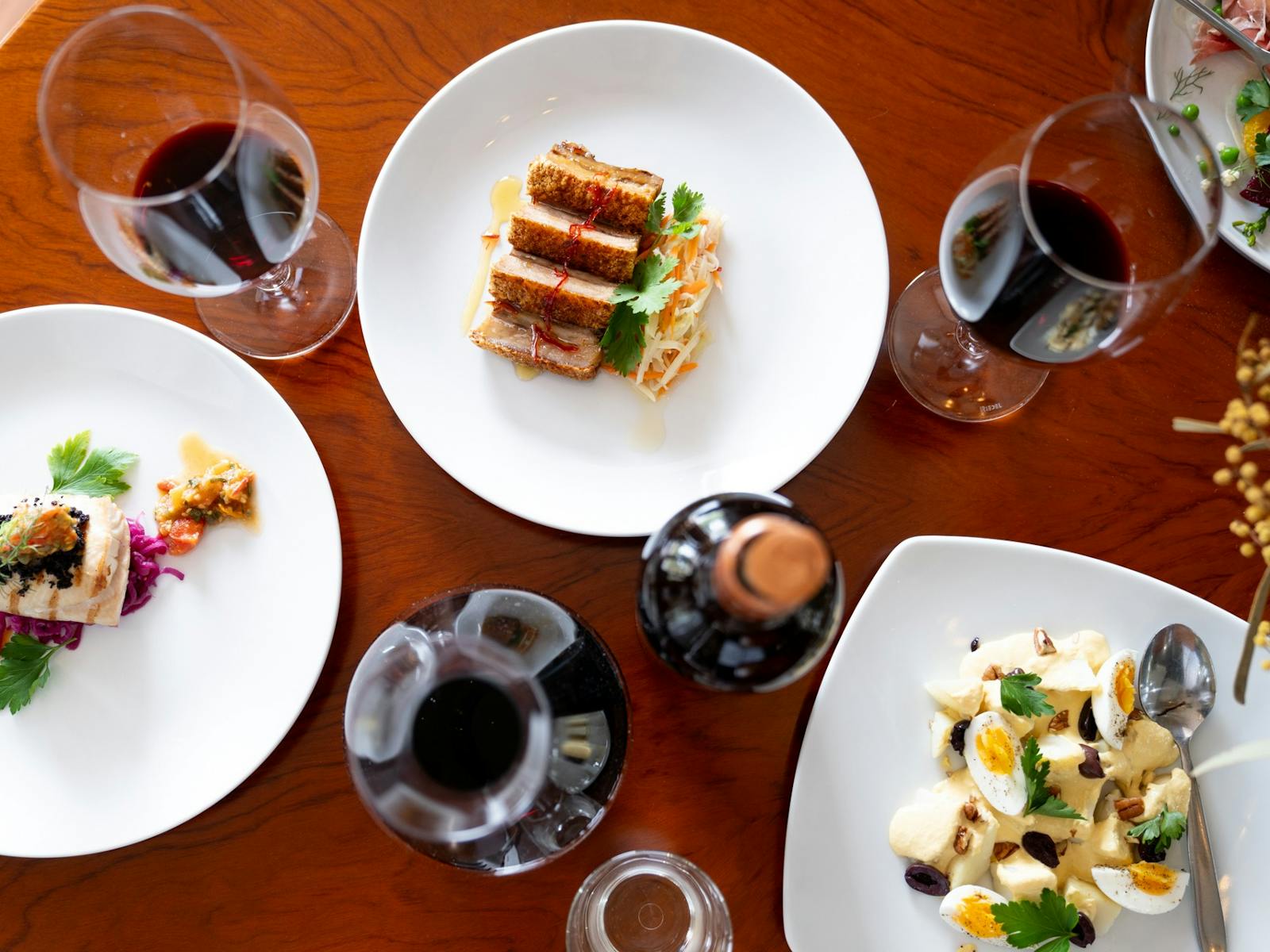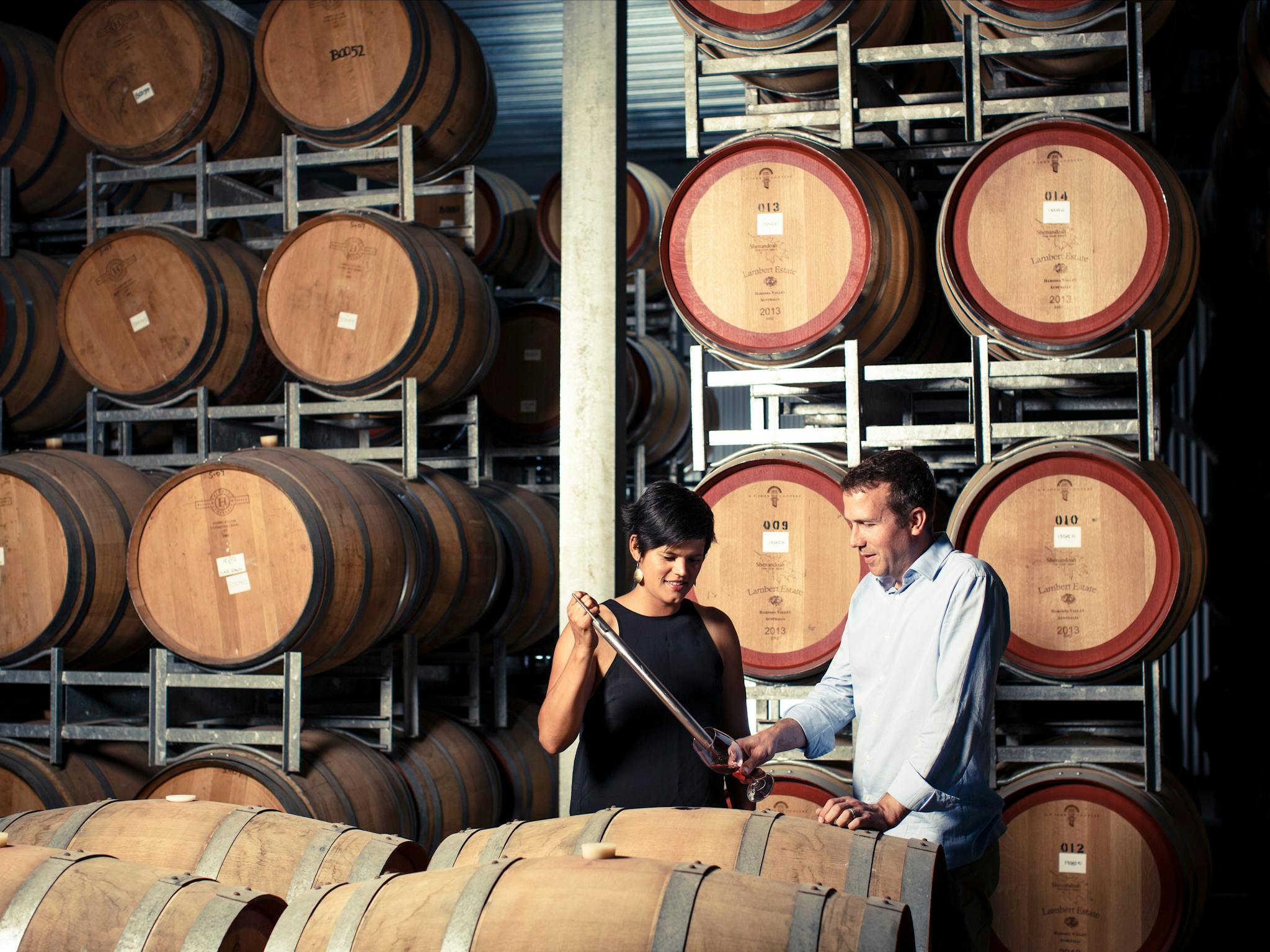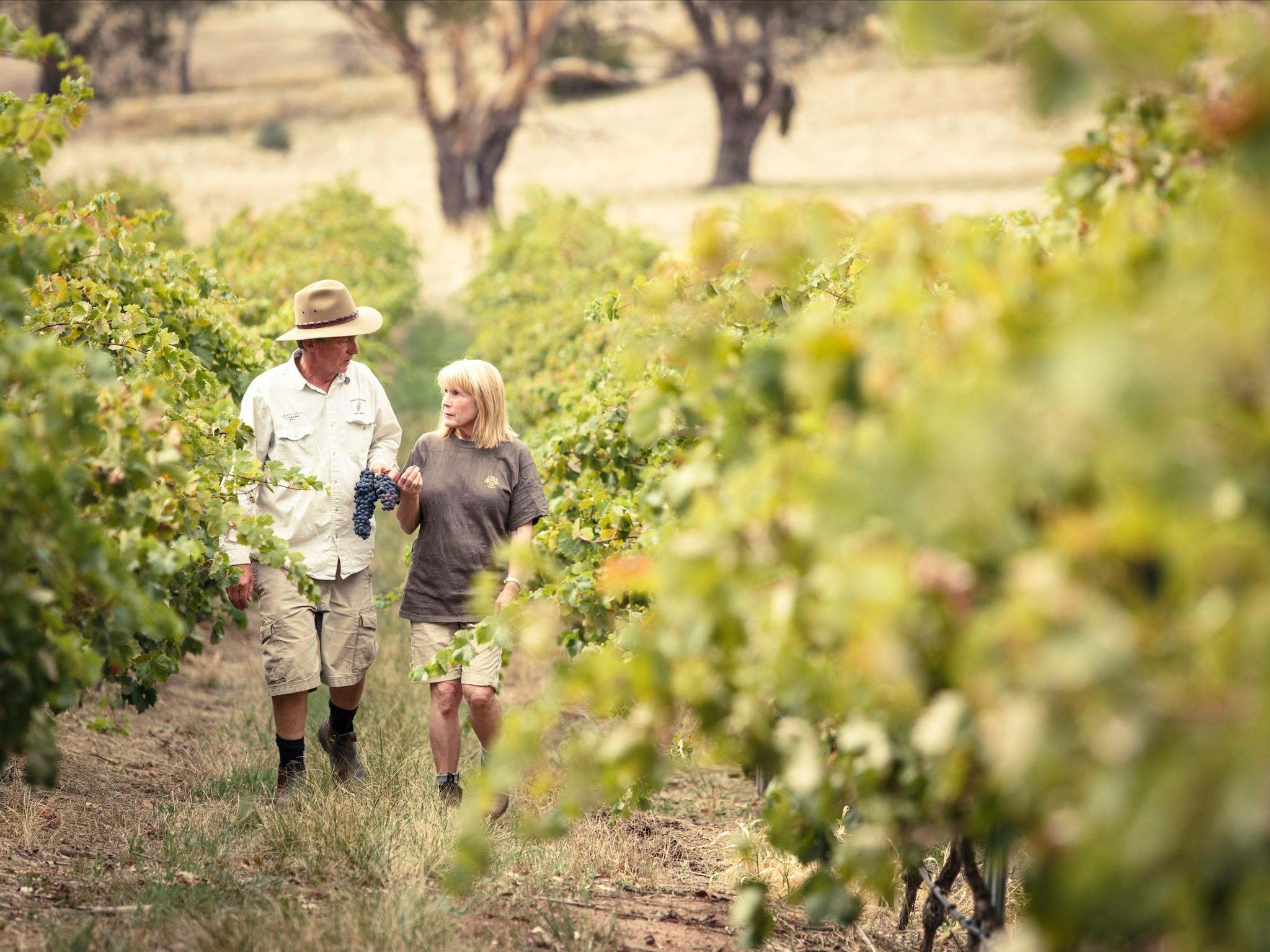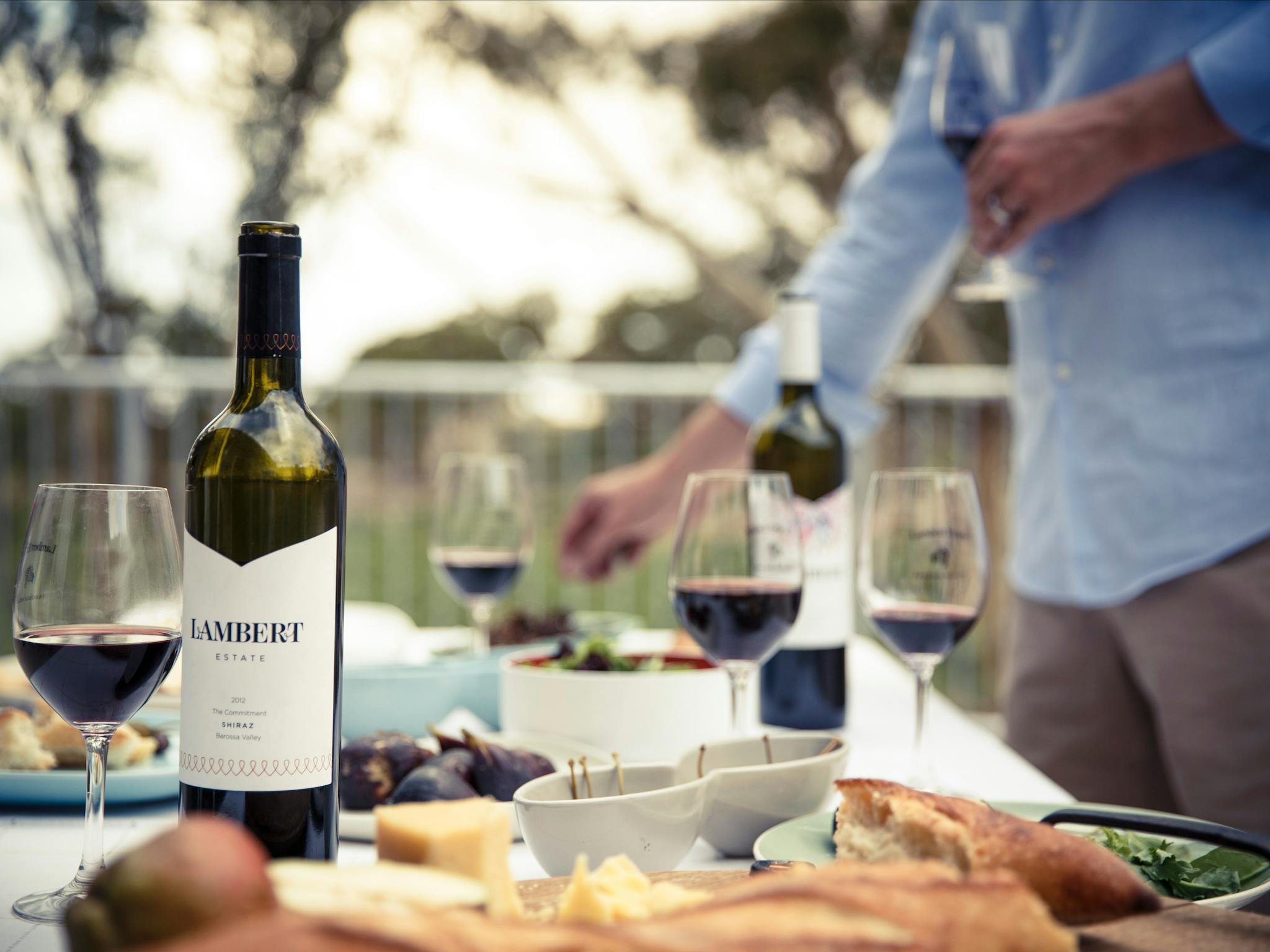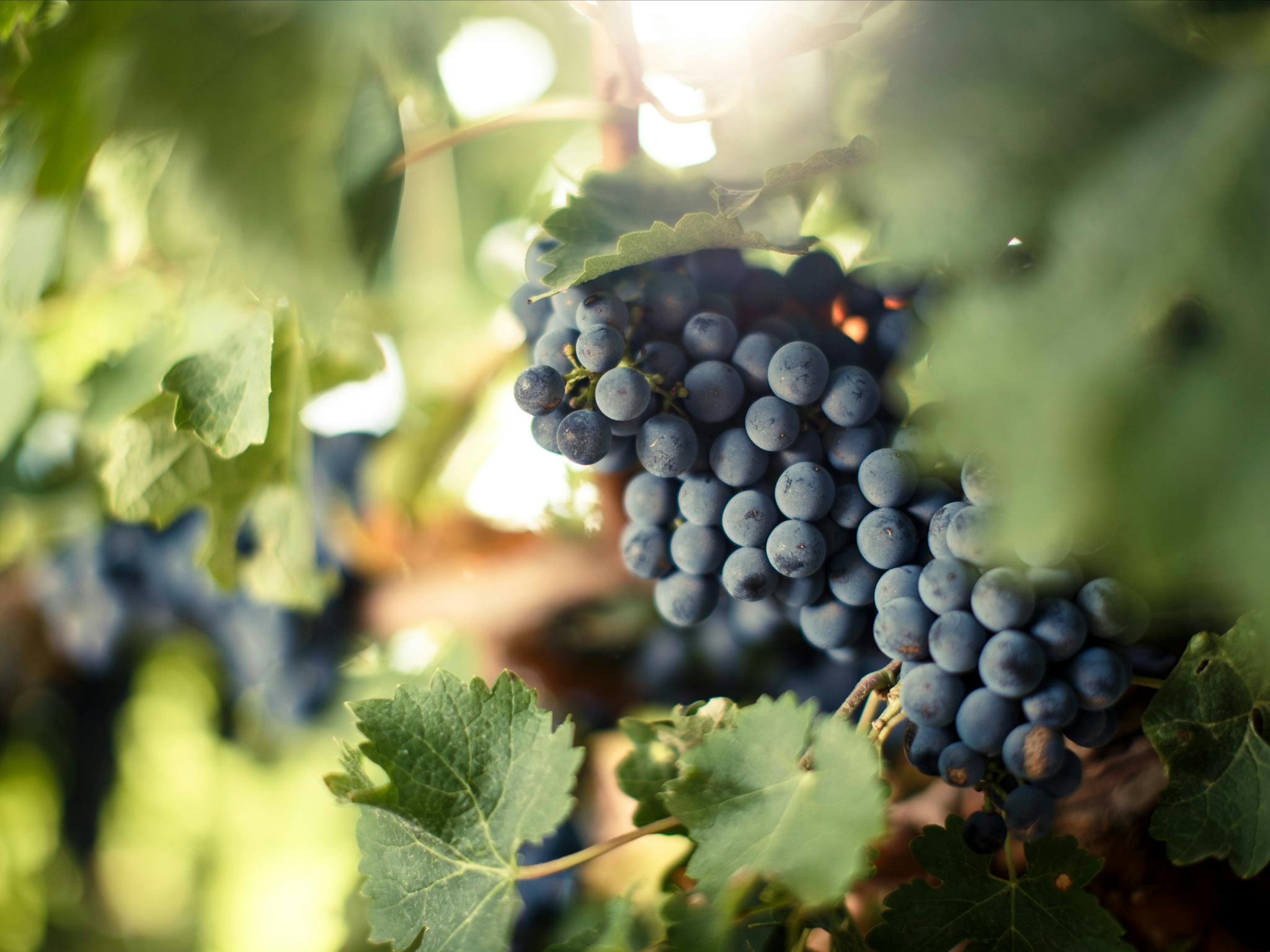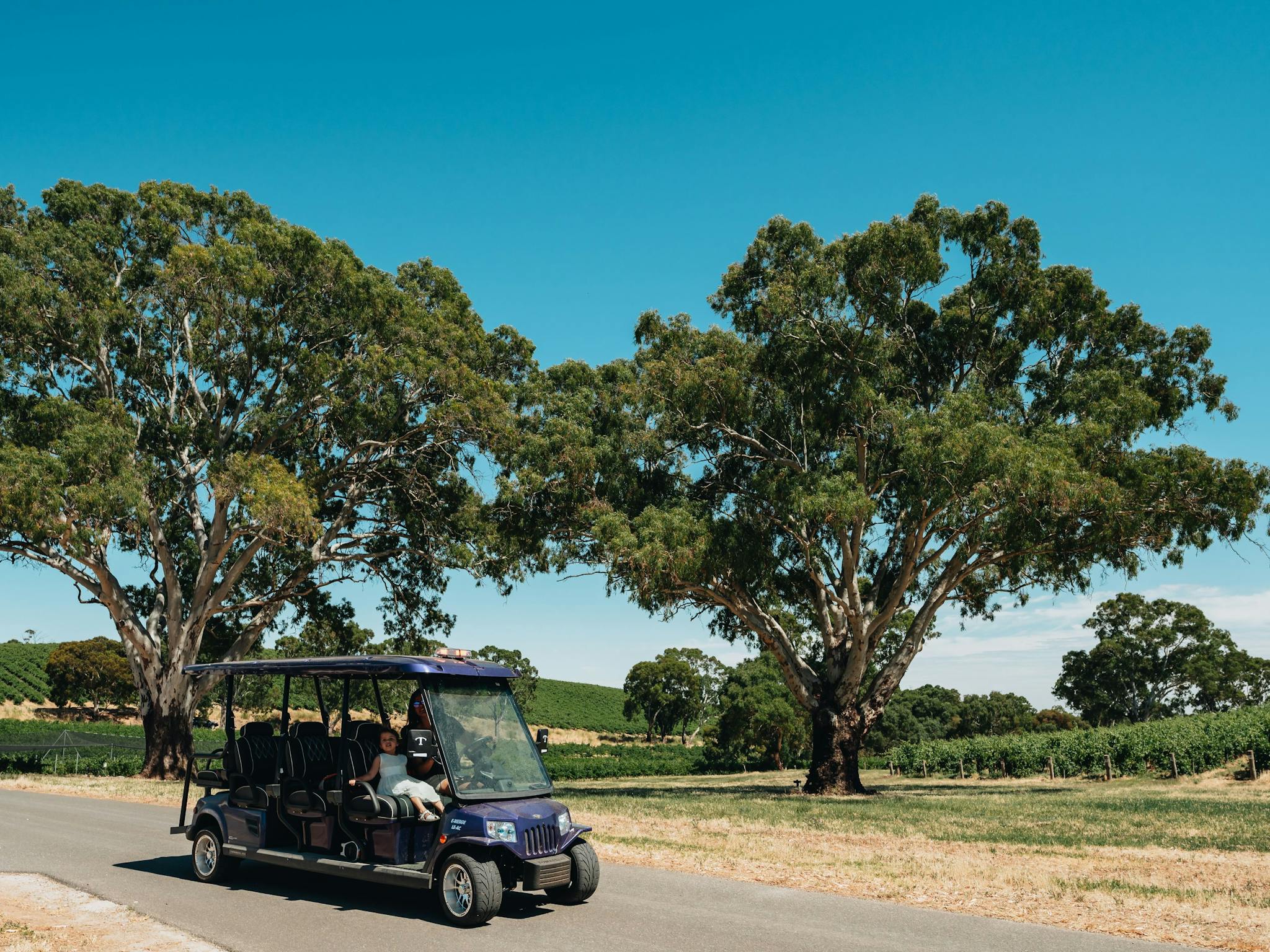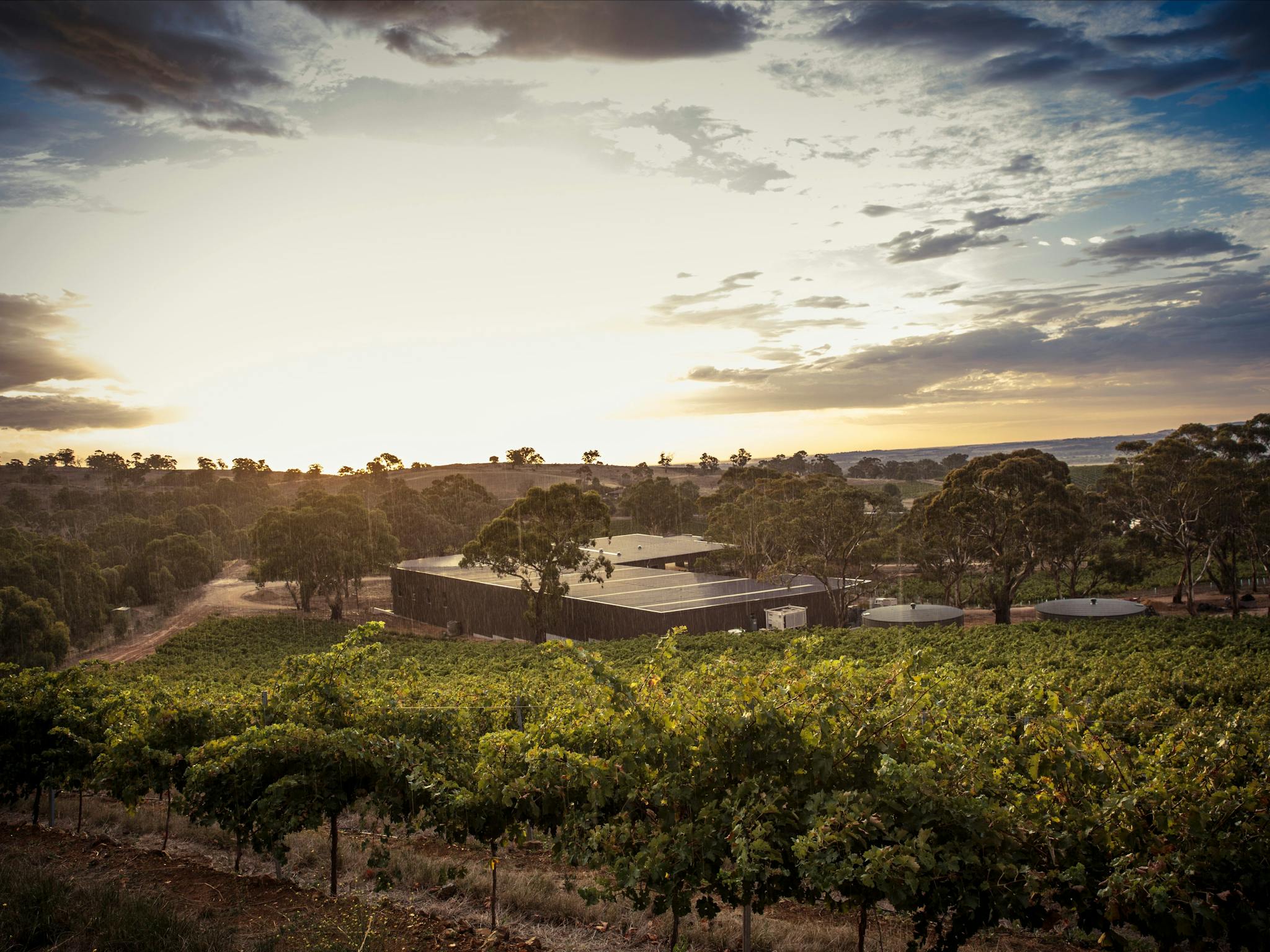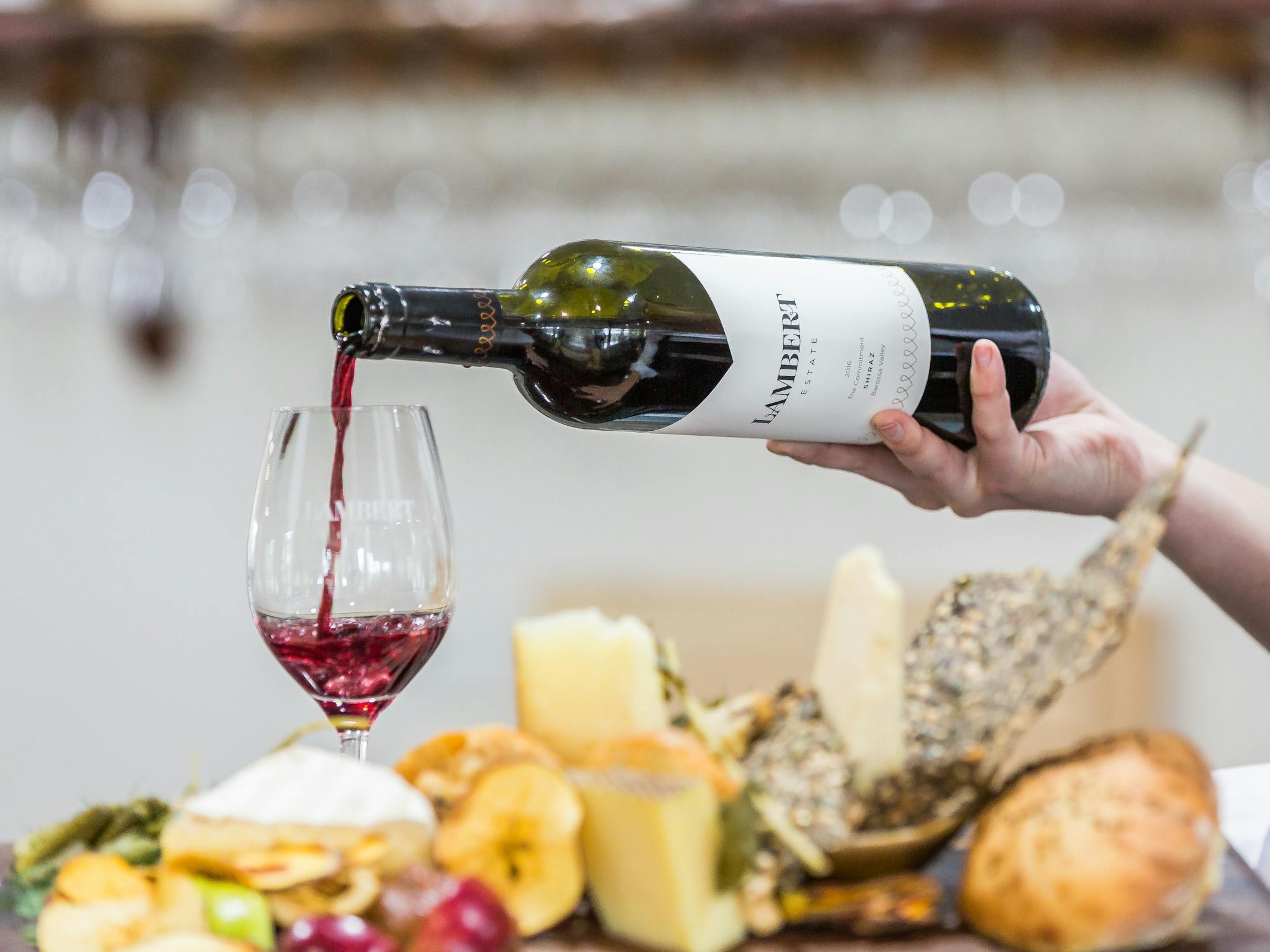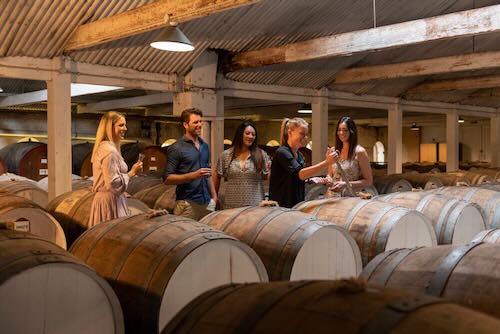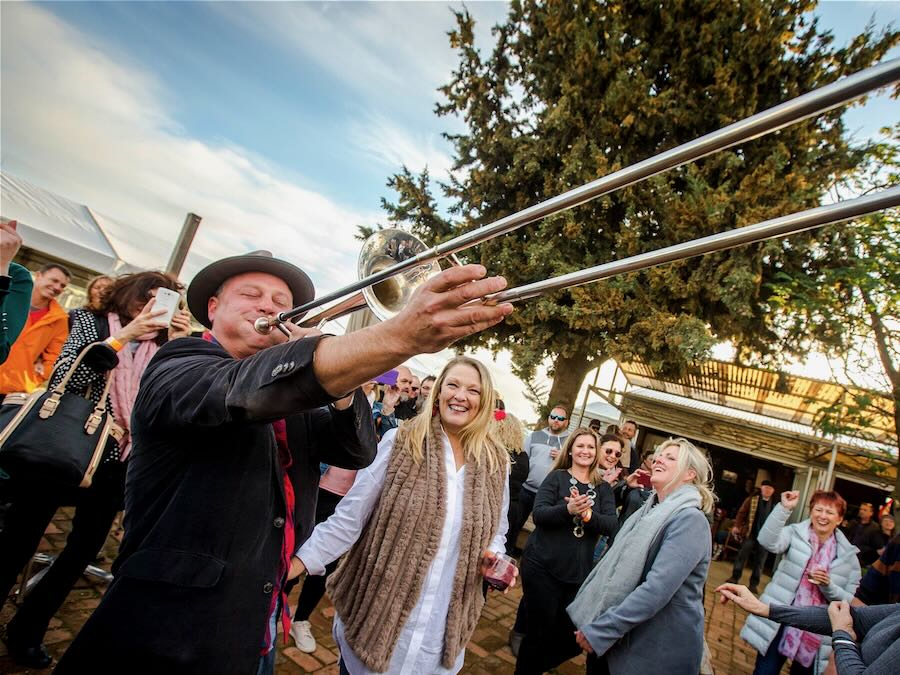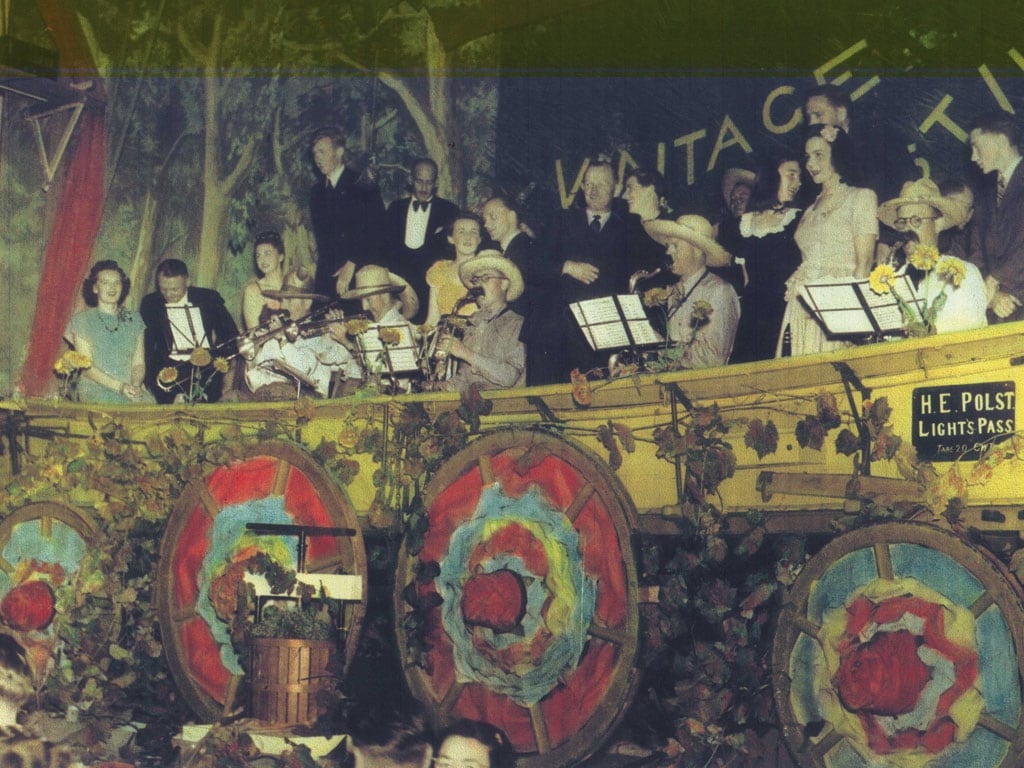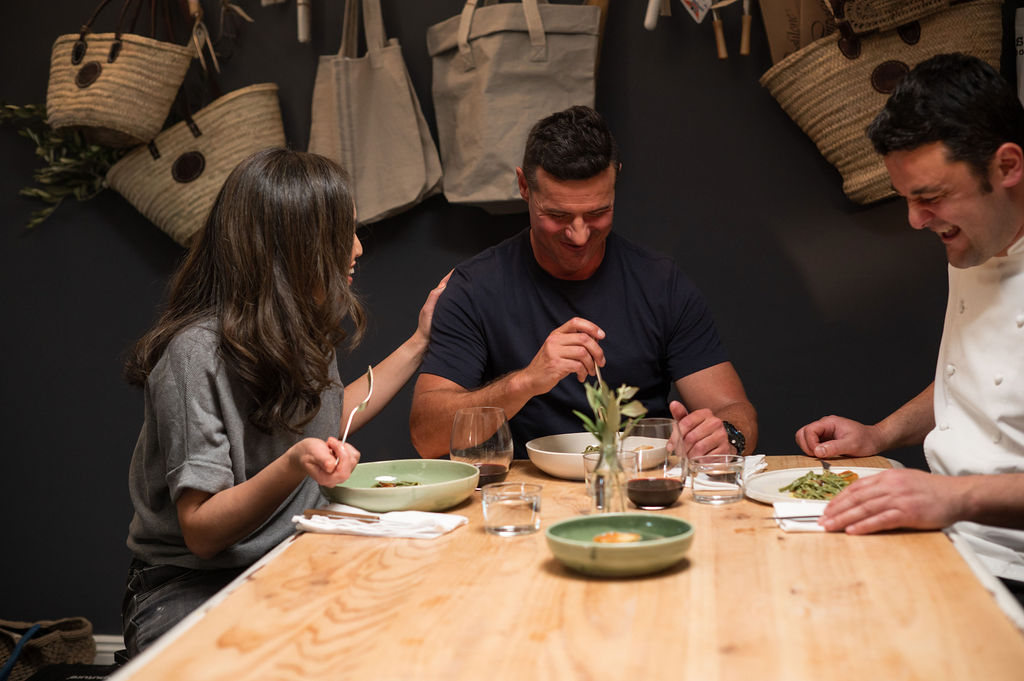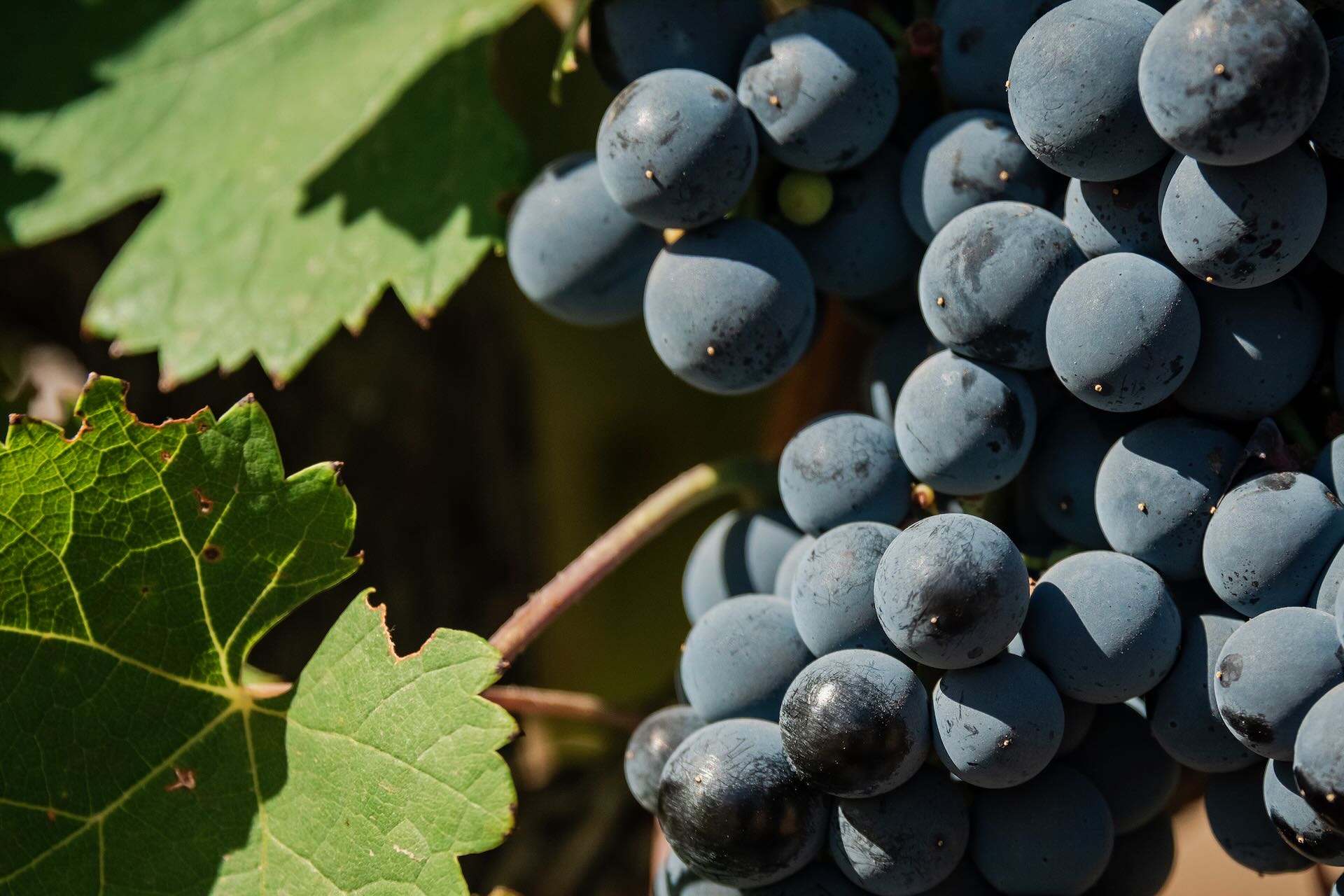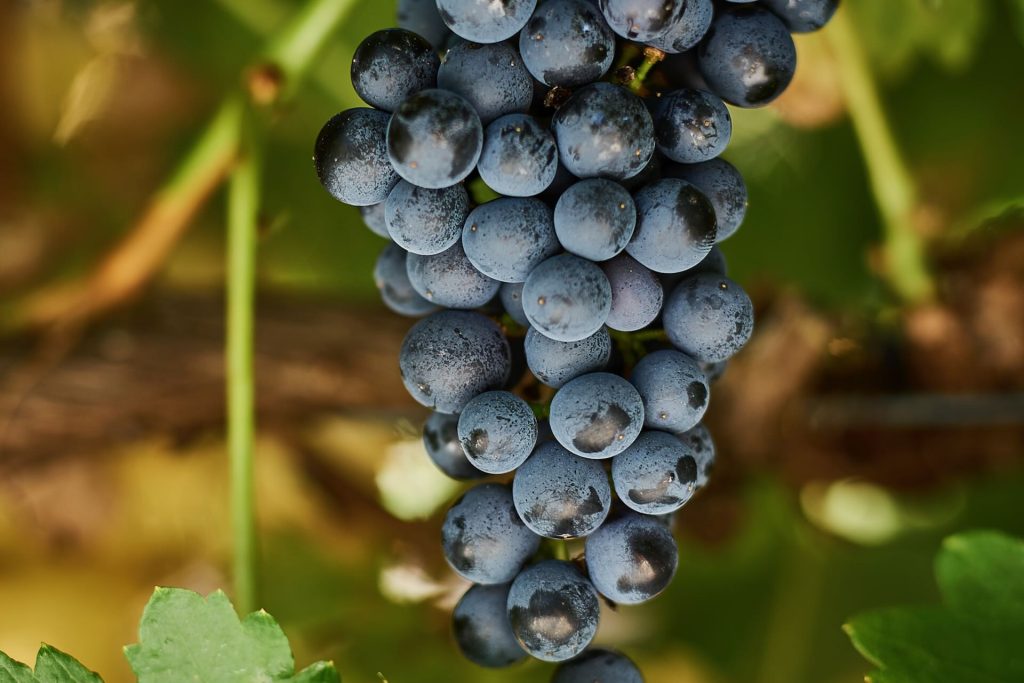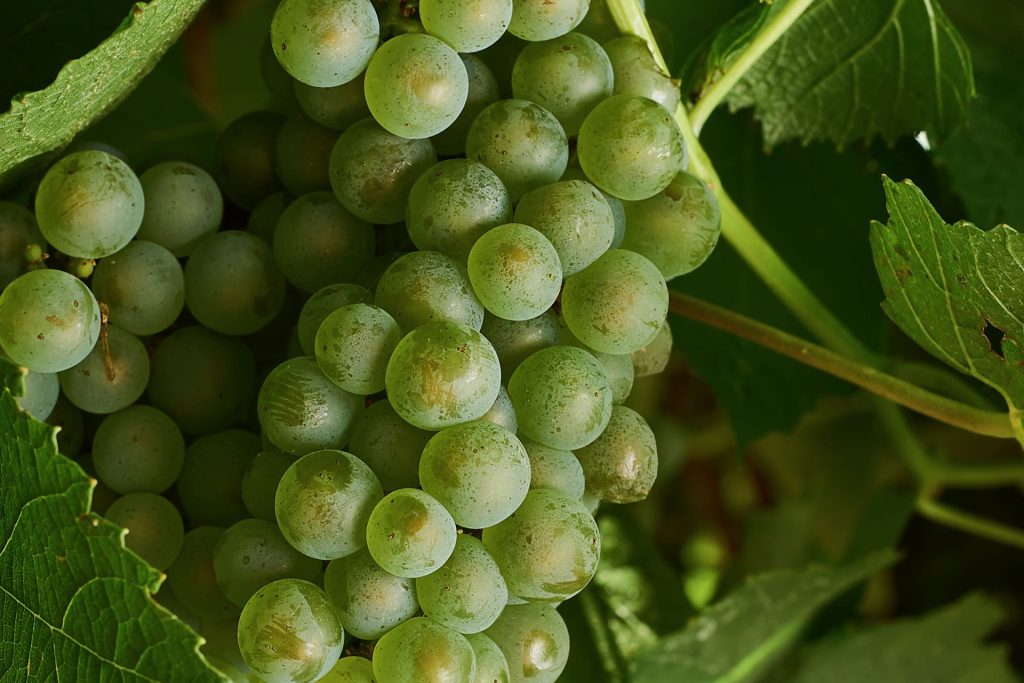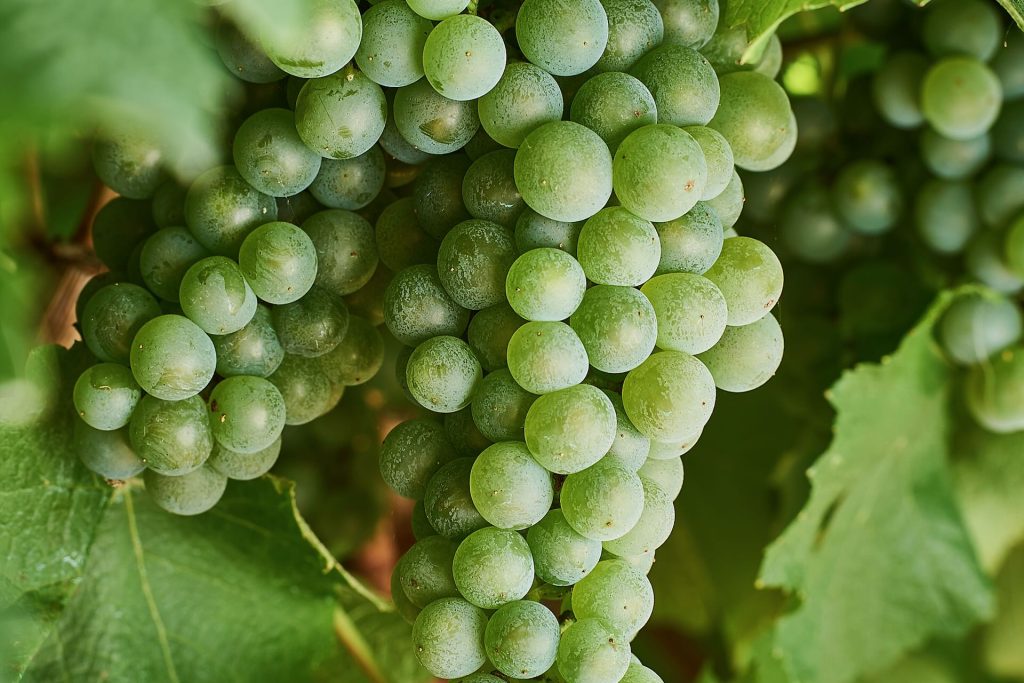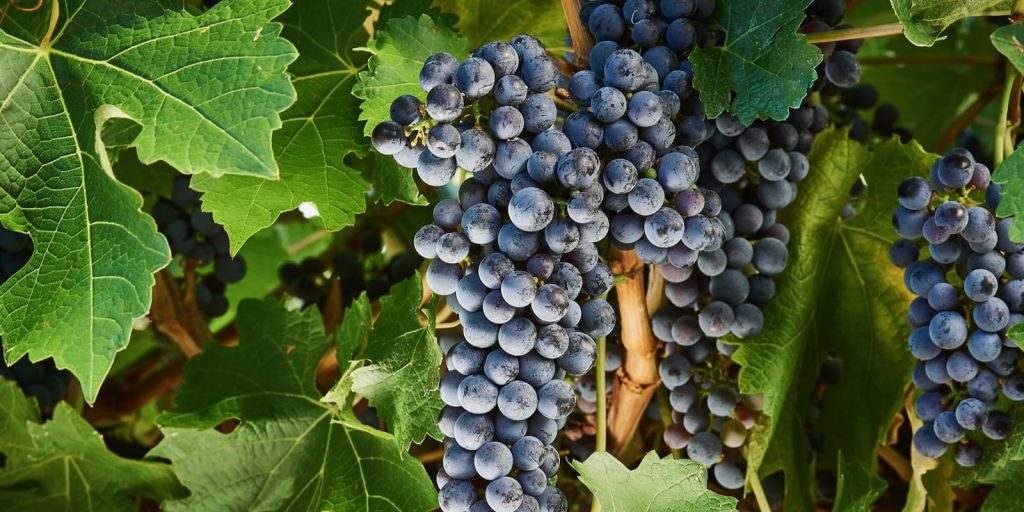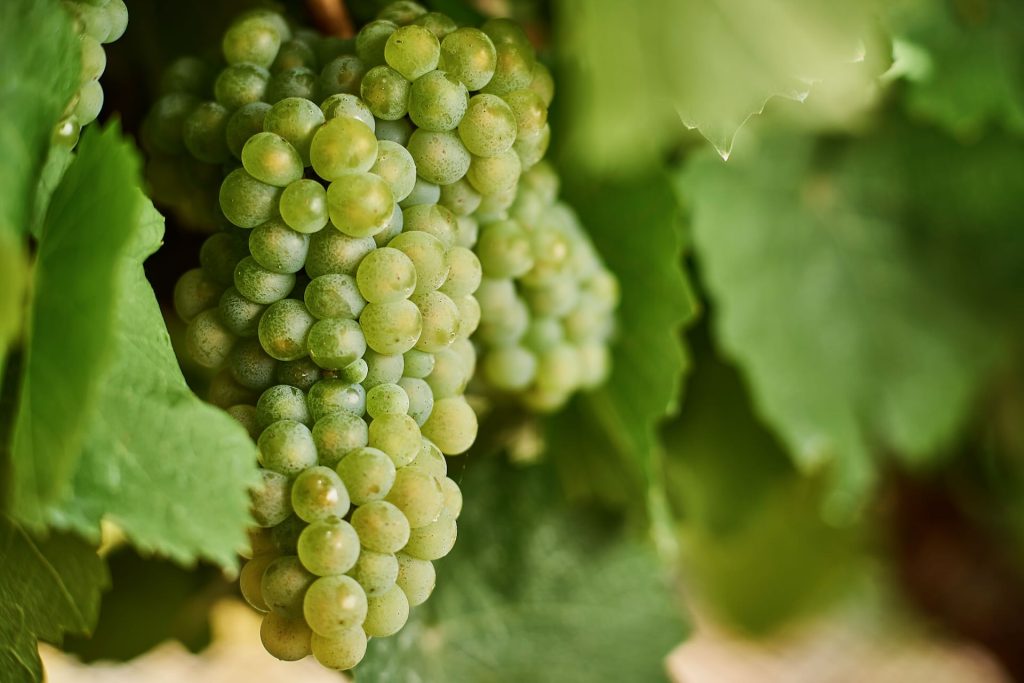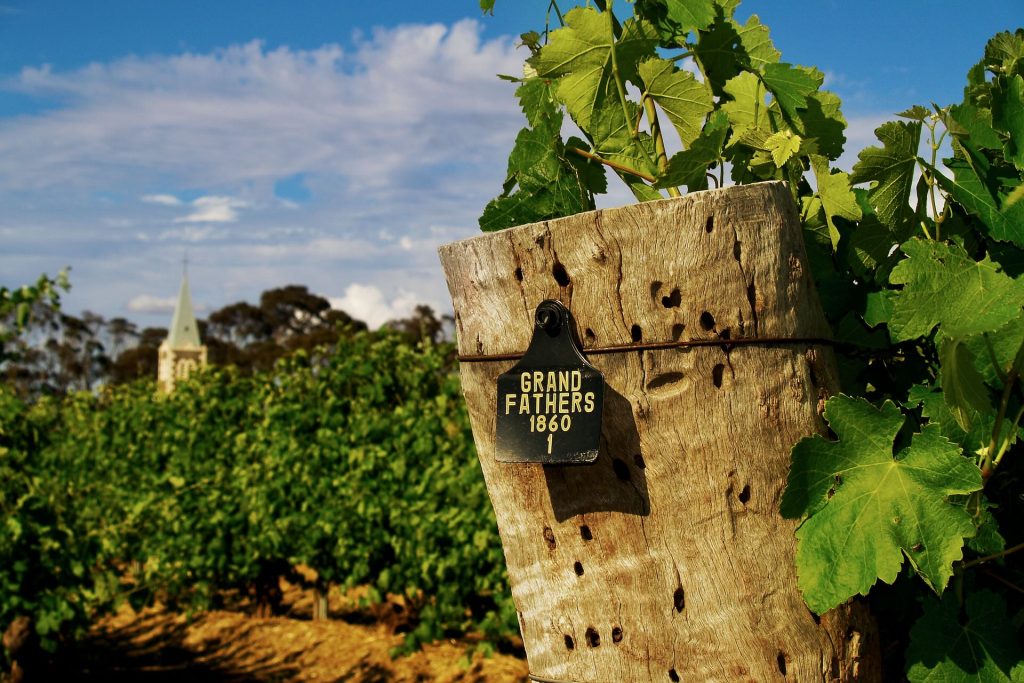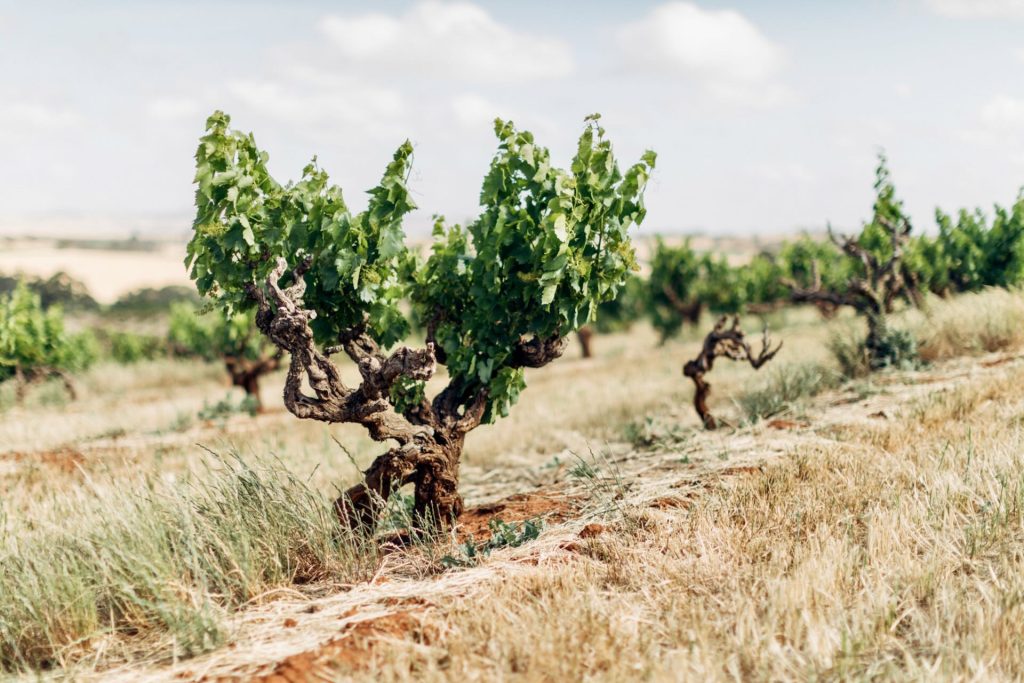Today, Mataro is celebrated both as a standalone varietal and as a crucial component in Grenache–Shiraz–Mataro (GSM) blends, where it adds colour, weight, and structure. The best examples of Barossa Mataro are deeply coloured and full of character, offering notes of sweet plum, roasted game, and hints of tobacco, earth, and spice. Some winemakers are experimenting with whole-bunch fermentation to enhance aromatic complexity, while others are turning to amphora or large-format oak to showcase its texture and savoury qualities.
As a late-ripening variety, Mataro thrives in Barossa Valley’s warm, dry climate, where the shallow clay soils help retain moisture while controlling vigour. In recent years, Eden Valley has emerged as an exciting frontier for Mataro, with its cooler sites producing more structured, perfumed expressions. Its natural drought tolerance and disease resistance make it a valuable variety for the future, ensuring it will remain an essential part of Barossa’s evolving identity.
Barossa’s modern winemakers are also exploring Mataro’s versatility beyond GSM blends, pairing it with varieties like Touriga Nacional, Tinta Cão, and Shiraz in both table wines and fortified styles. With its European roots and a style that balances richness with structure, Barossa Mataro is a natural match for Mediterranean-inspired cuisine – think slow-cooked meats, chargrilled dishes, and bold, spice-laden flavours.
Once nearly lost to history, Mataro is now firmly part of Barossa’s future. With its ability to age gracefully, its growing recognition among critics, and the energy of winemakers continuing to refine its expression, Barossa Mataro is a story of rediscovery – one that is still being written.
Wineries offering Mataro









Nuriootpa
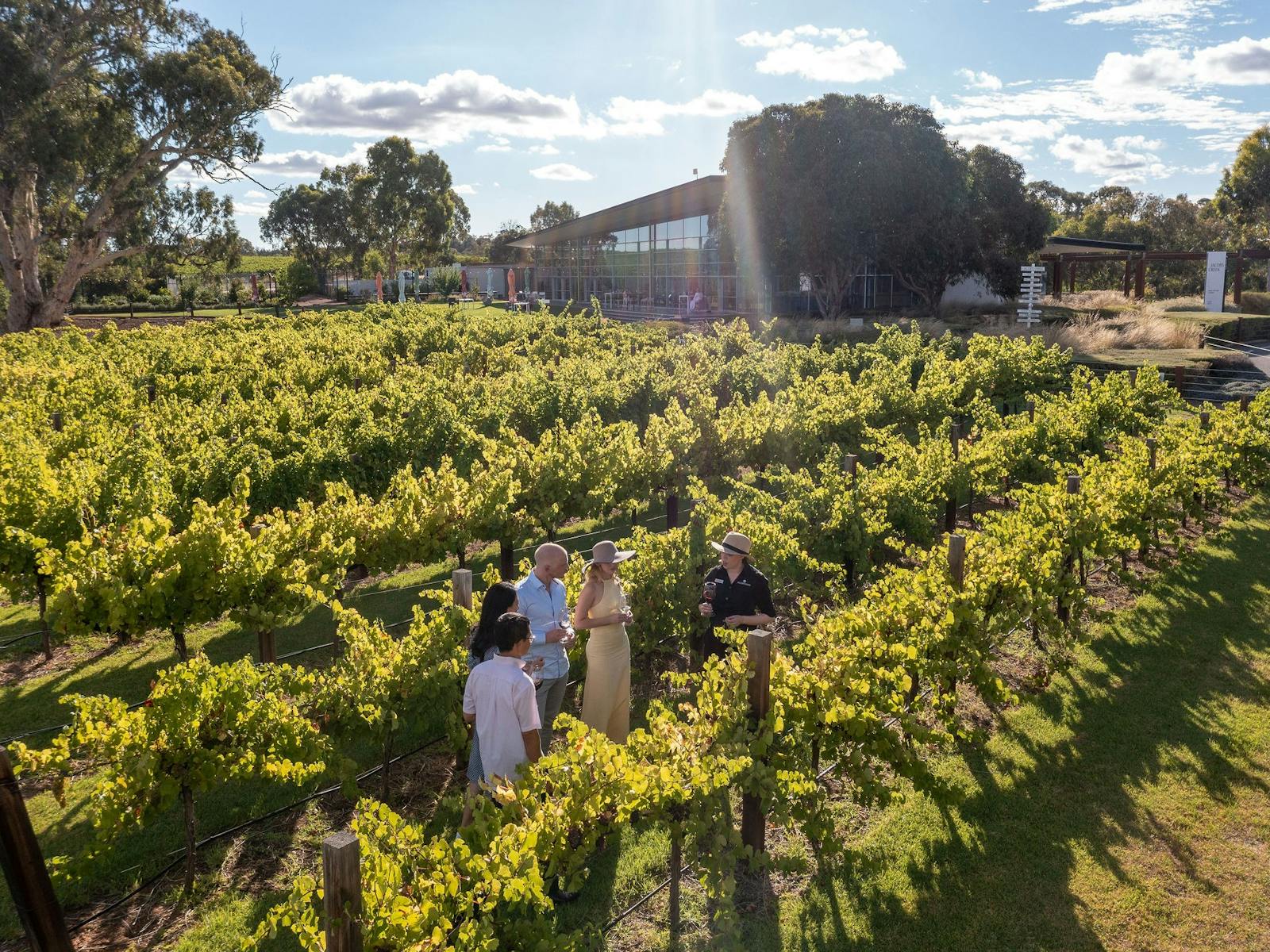






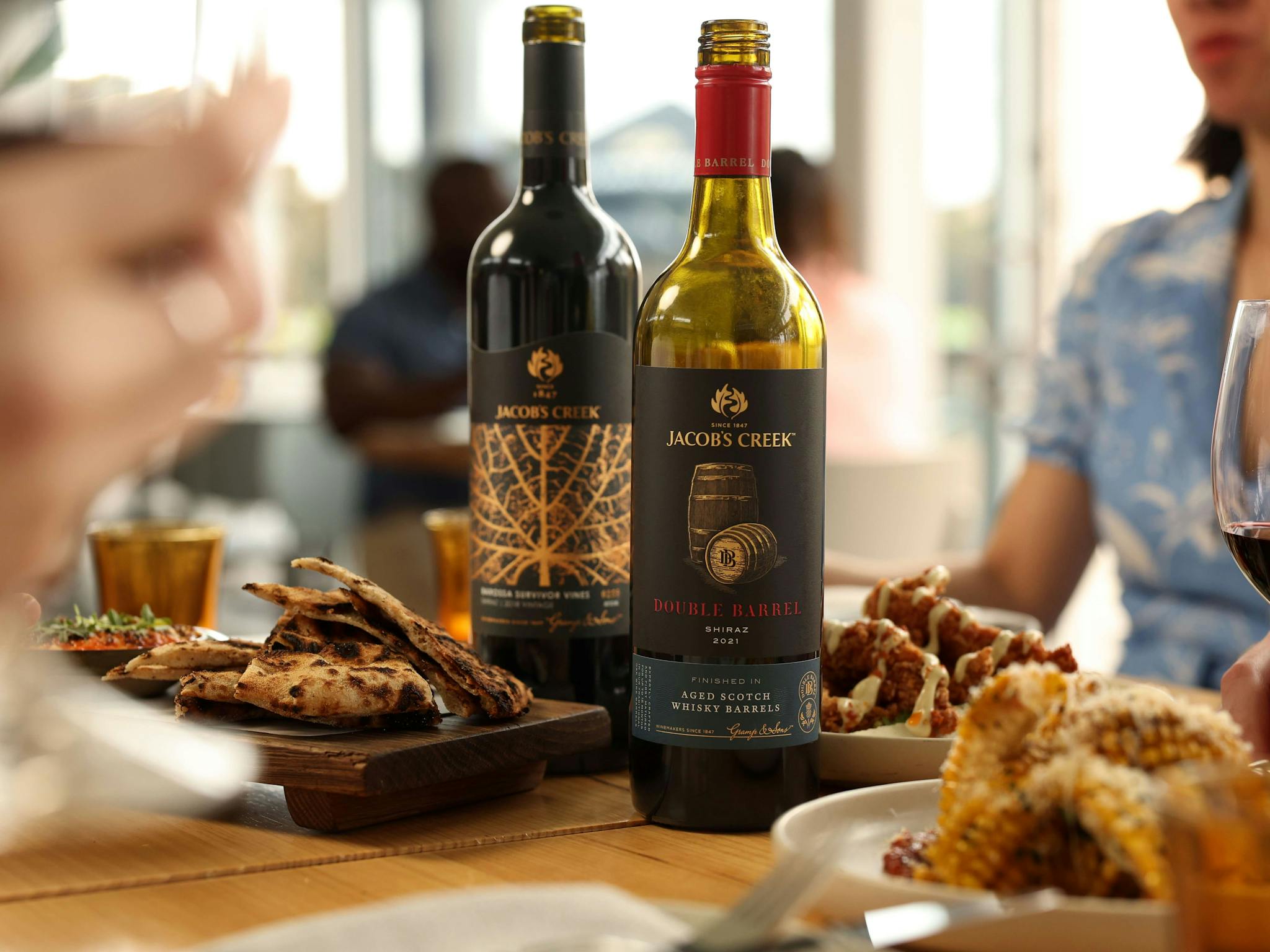
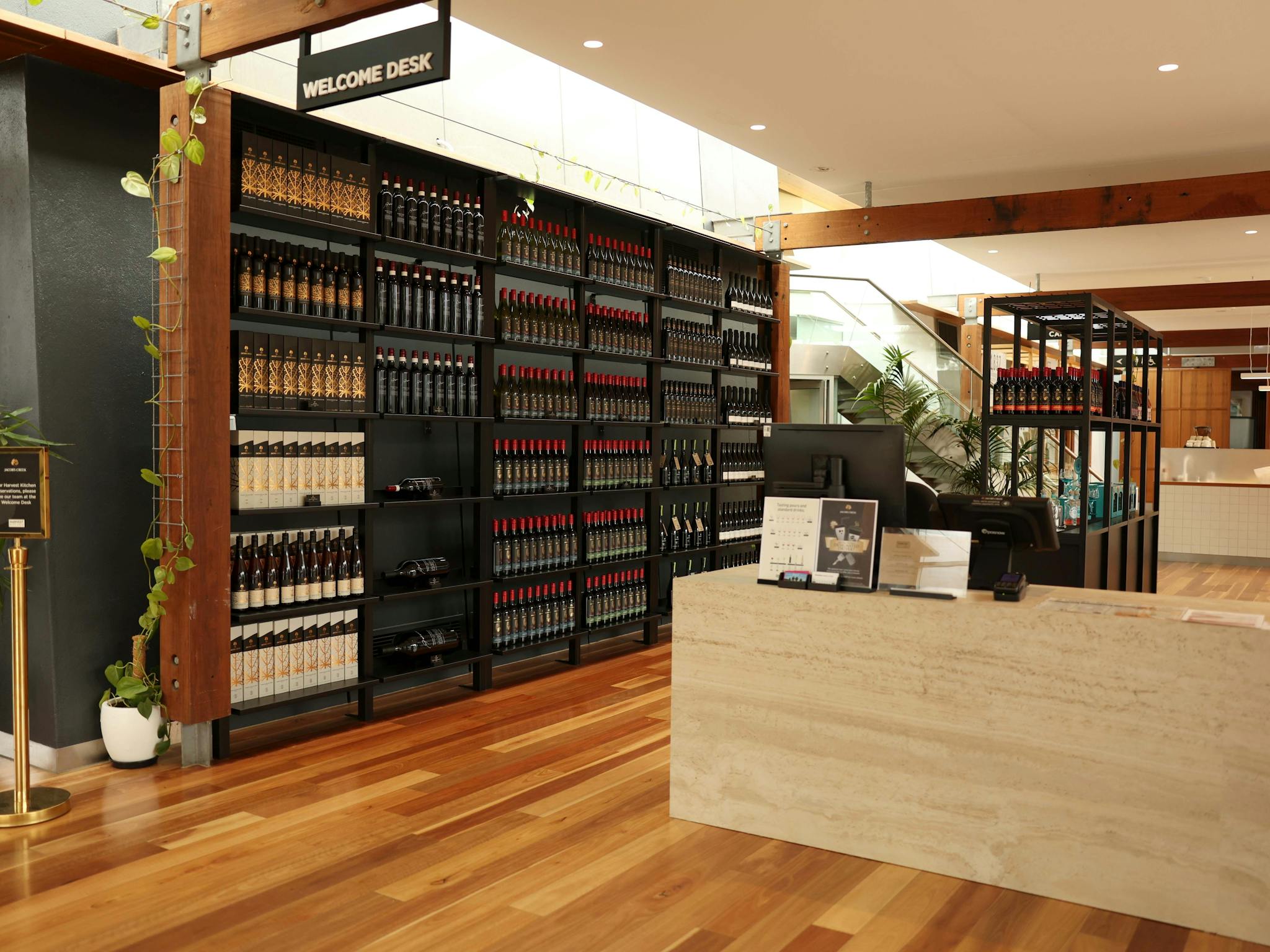
Rowland Flat






Tanunda
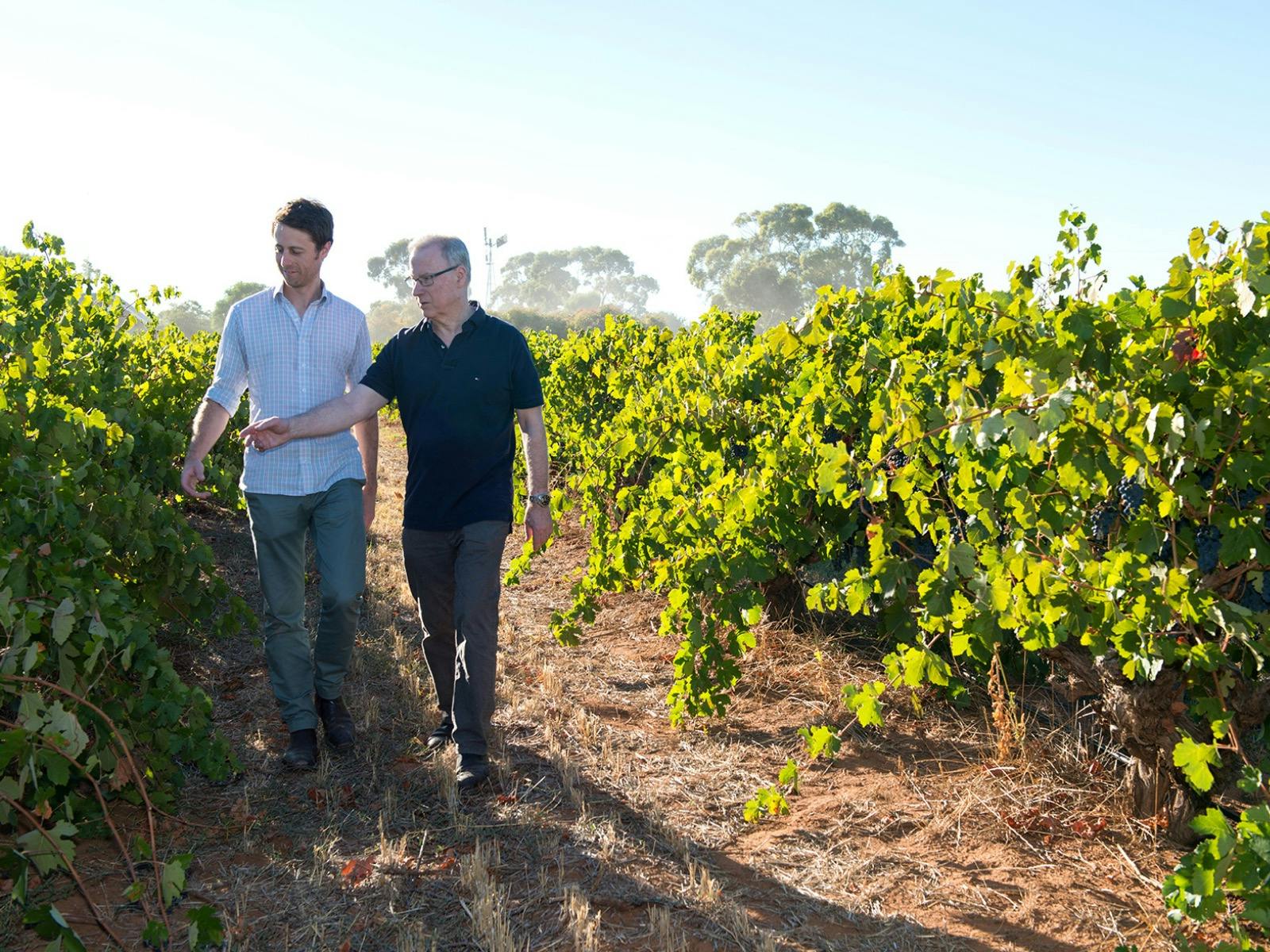

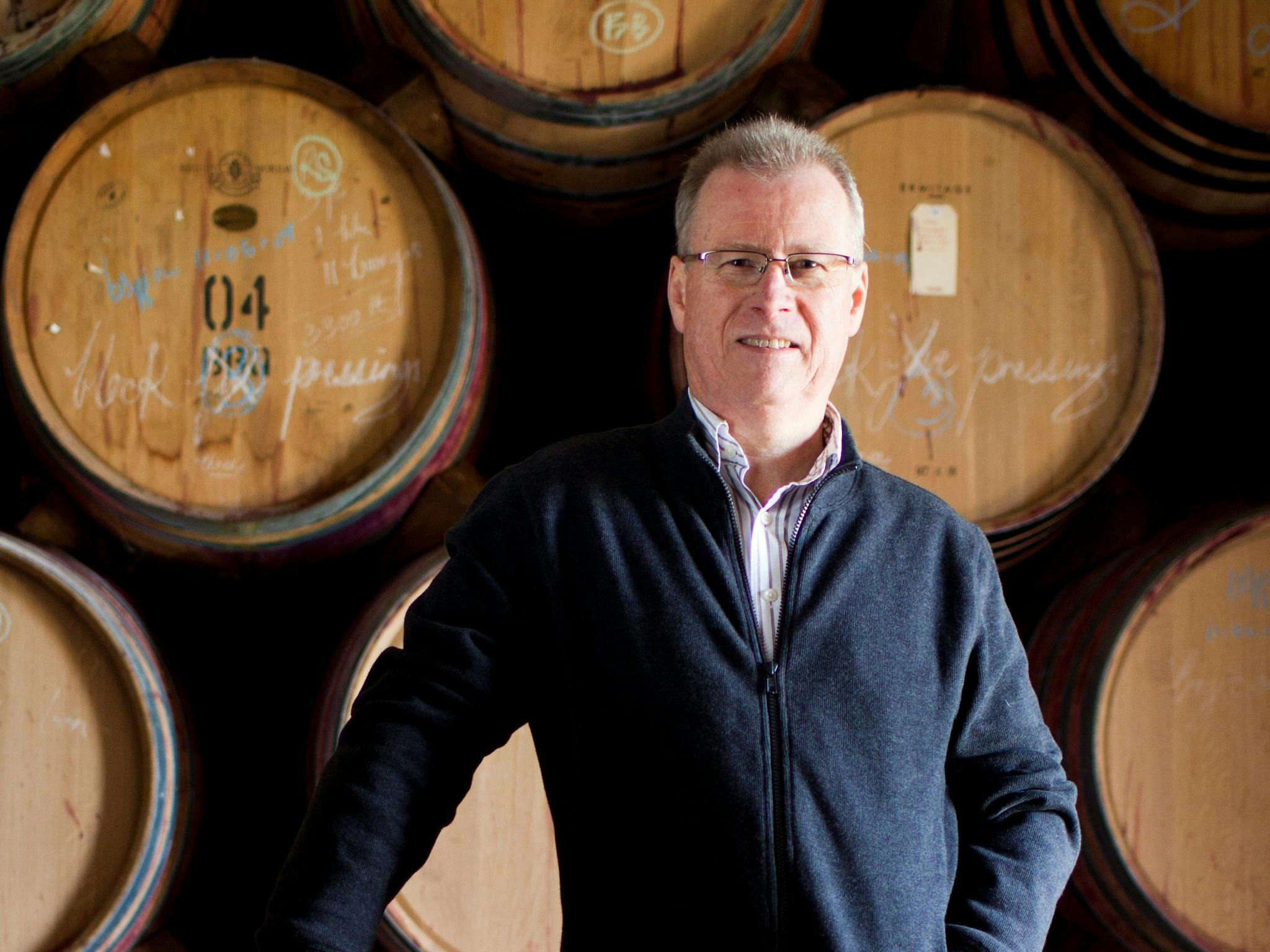


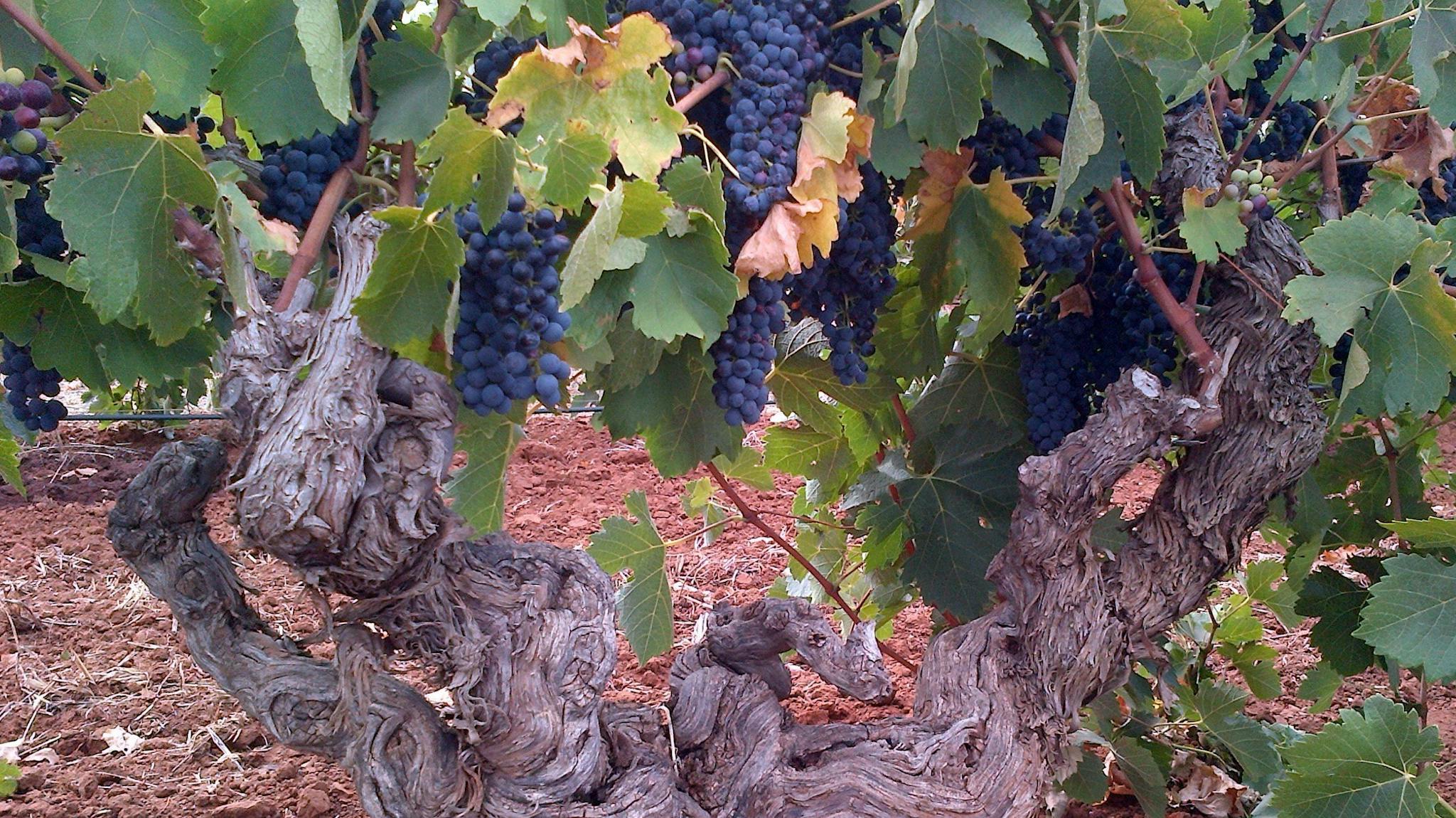
Tanunda
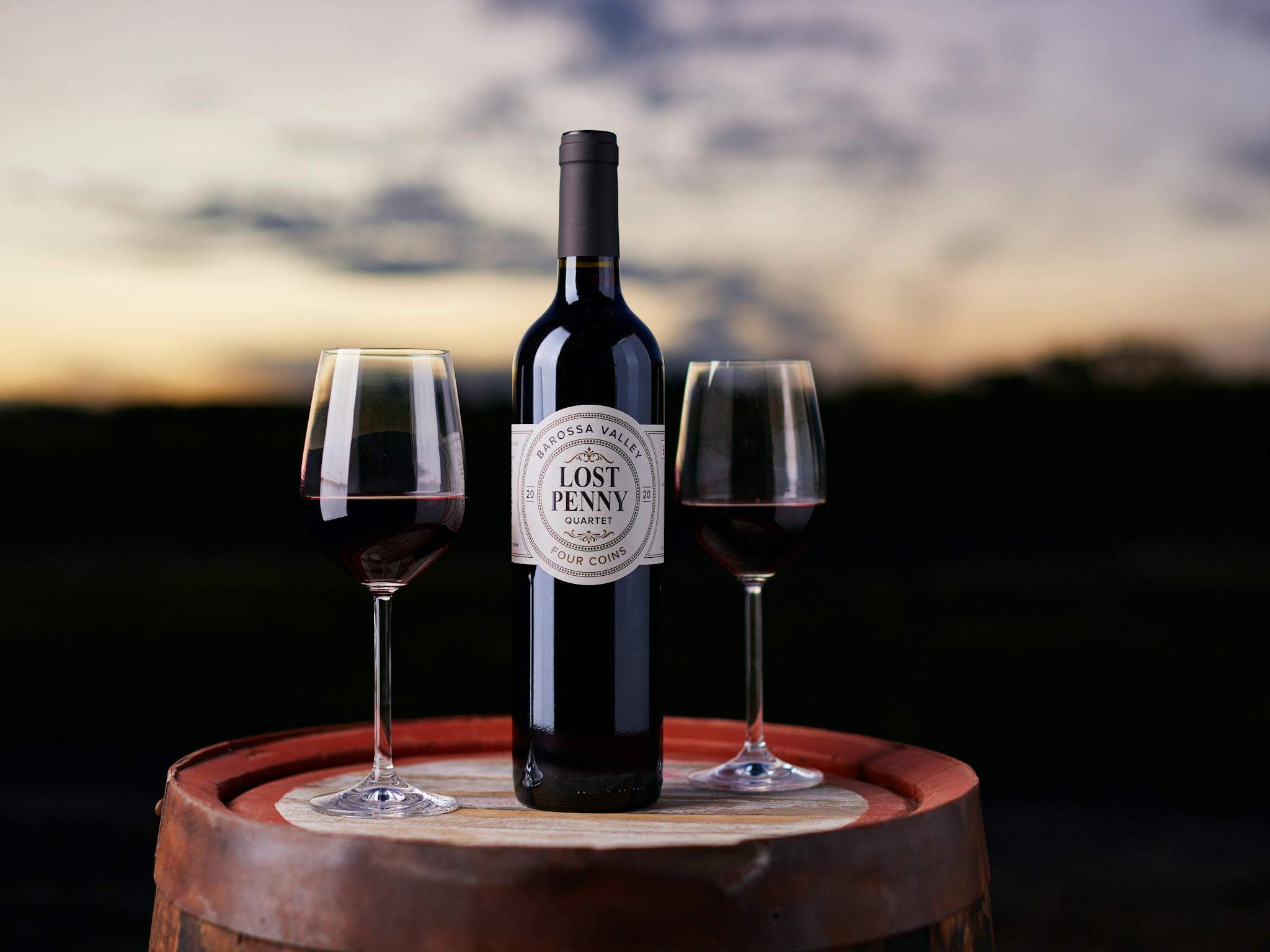








Ebenezer
